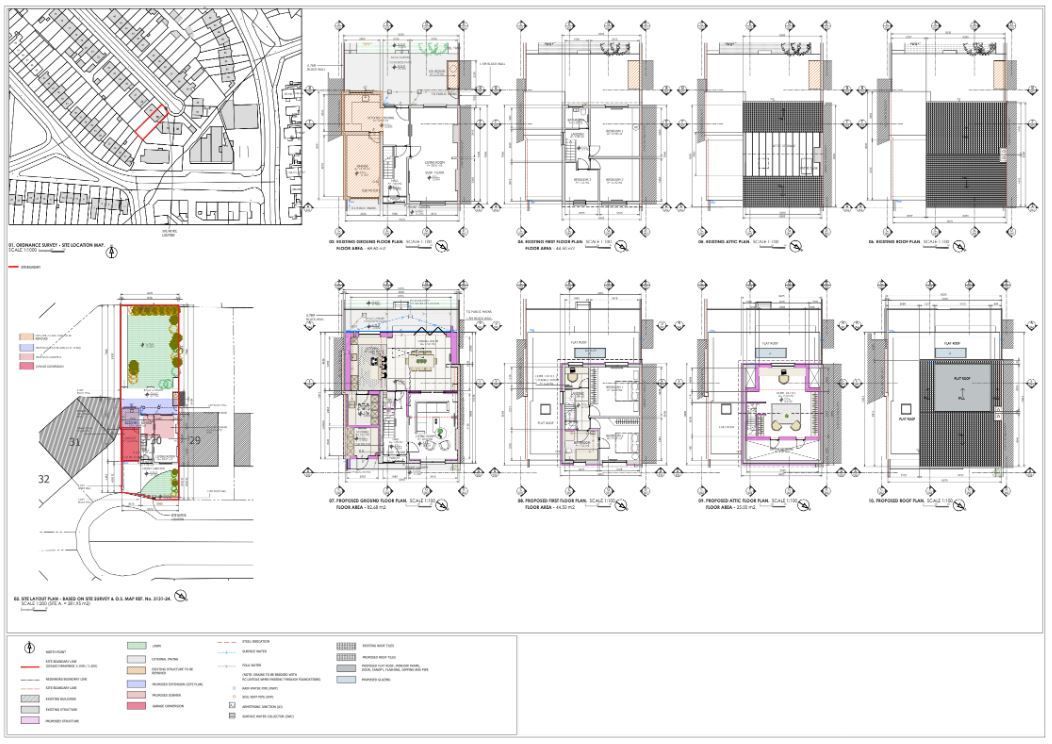16 December 2023
HM • 16 December 2023
Lets Explain the Difference

Interior designers and interior architects both work in creating and enhancing interior spaces, but they have distinct roles, focuses, and skill sets. Here are the key differences:
Interior Designer
Focus and Responsibilities:
- Aesthetic and Functional Design: Interior designers focus on the aesthetics and functionality of a space, including furniture, color schemes, lighting, and decorative elements.
- Space Planning: They plan the layout of furniture and accessories to optimize the use of space and improve flow and function.
- Material and Finishes Selection: Interior designers select materials, finishes, and furnishings to achieve a cohesive look and feel.
- Decoration: Their work often includes the selection of art, textiles, and accessories.
- Client Interaction: They work closely with clients to understand their needs, preferences, and lifestyle to create personalized spaces.
Skills and Training:
- Education: Typically, interior designers have degrees in interior design or related fields.
- Certification: Many countries require interior designers to be certified or licensed, often involving passing an exam.
- Software Proficiency: They use design software like AutoCAD, SketchUp, and other visualization tools.
Interior Architect
Focus and Responsibilities:
- Structural Design: Interior architects focus on the structural aspects of interior spaces, including modifying or creating new interior structures.
- Building Codes and Regulations: They ensure designs comply with local building codes, safety regulations, and accessibility standards.
- Technical and Structural Elements: Their work involves technical aspects such as plumbing, electrical systems, HVAC, and overall building performance.
- Renovation and Restoration: They often work on the renovation of existing buildings, including historical restorations that require structural changes.
- Space Efficiency: Interior architects focus on making spaces not only aesthetically pleasing but also structurally sound and efficient.
Skills and Training:
- Education: Interior architects typically have degrees in architecture or interior architecture.
- Licensing: They are often licensed architects, which requires extensive education, internships, and passing licensure exams.
- Technical Proficiency: They are skilled in technical drawing, structural design, and use architectural software like Revit, AutoCAD, and BIM (Building Information Modeling).
Key Difference
- Scope of Work:
- Interior Designers: Primarily concerned with aesthetics and usability.
- Interior Architects: Concerned with the structural and technical aspects of interior spaces.
- Training and Certification:
- Interior Designers: May require certification; focus on design, materials, and decoration.
- Interior Architects: Require architectural training and licensing; focus on structural integrity and compliance with building codes.
- Projects:
- Interior Designers: Often work on homes, offices, hotels, and other spaces where aesthetic and functional enhancements are needed.
- Interior Architects: Work on projects that may involve significant structural changes, renovations, or new builds where the interior structure is a key component.
- Technical Expertise:
- Interior Designers: Proficient in design software and creative solutions.
- Interior Architects: Proficient in architectural and technical software, structural design, and building systems.
In summary, while both professions aim to create beautiful and functional spaces, interior architects have a deeper focus on the structural and technical aspects of buildings, whereas interior designers concentrate on the aesthetics and functional layout of the interiors.





